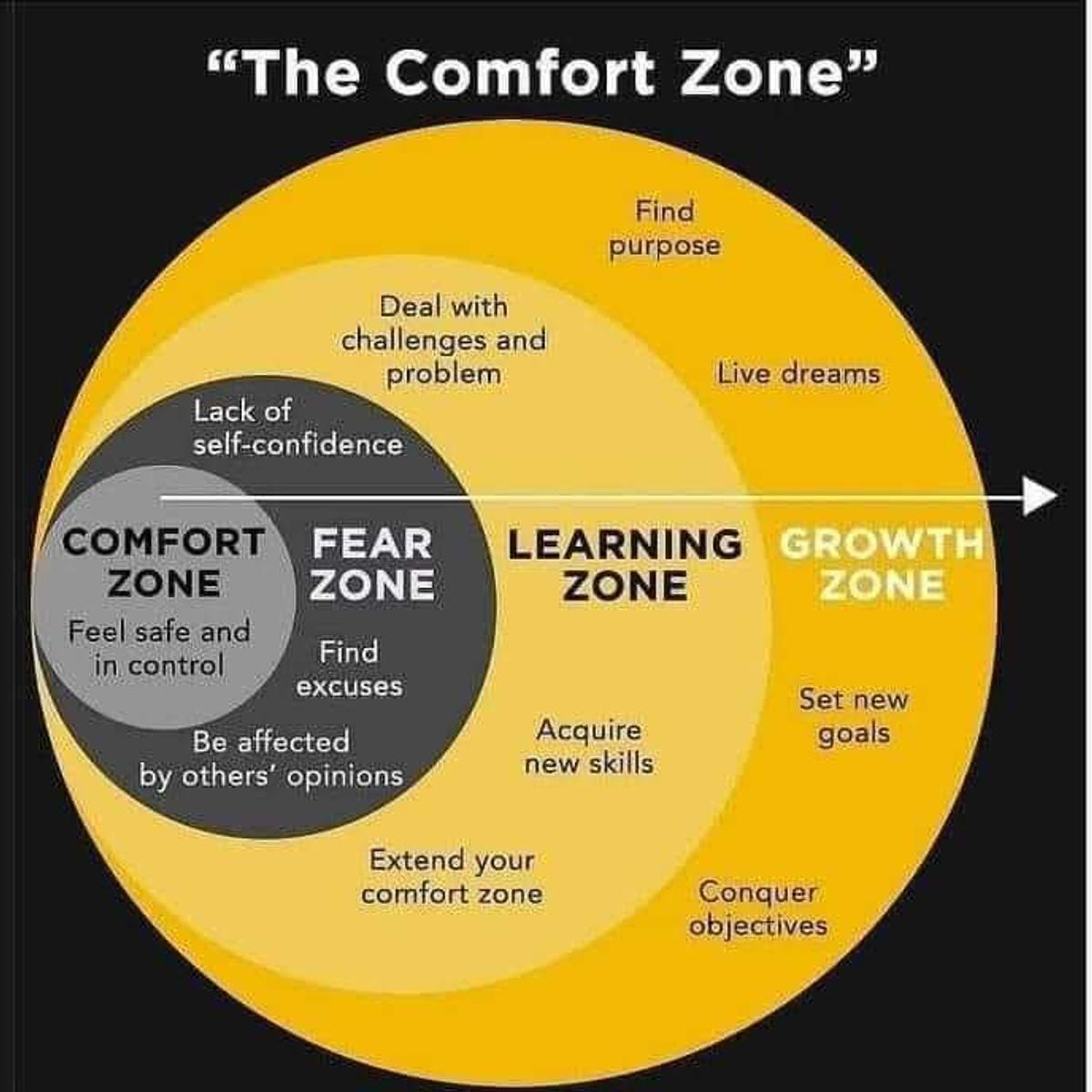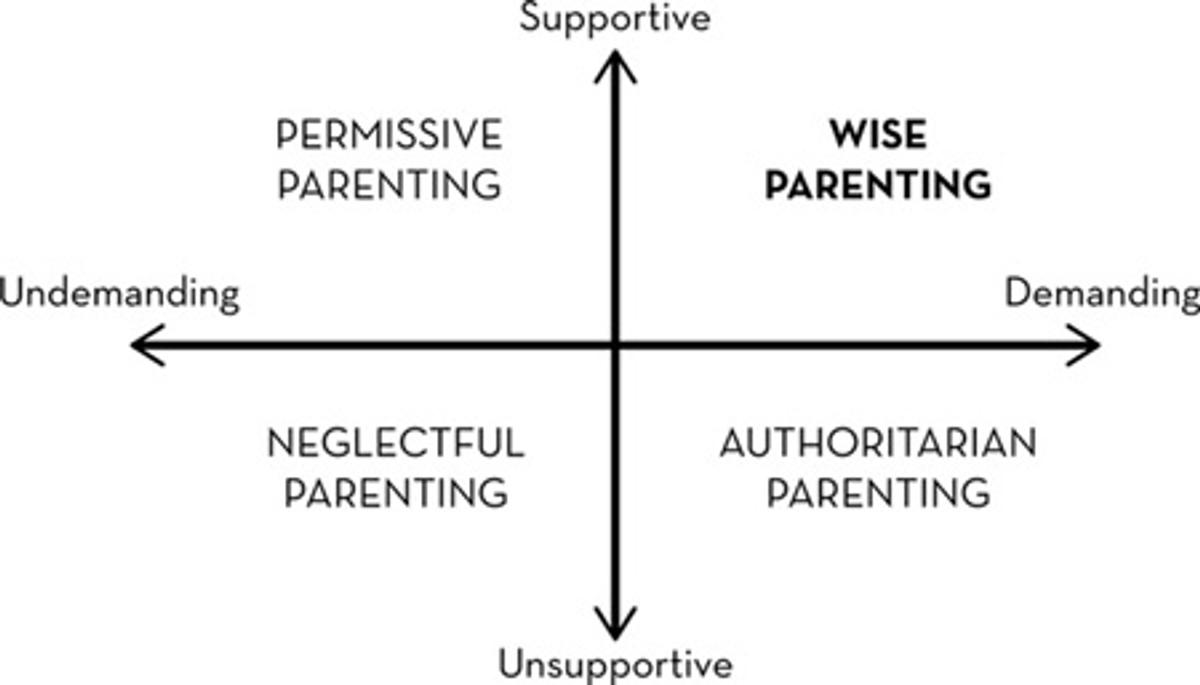Finding the sweet spot in youth development
Josip Loncaric

Finding the sweet spot in youth development
Josip Loncaric
One of the biggest flaws of a parent is loving our kids too much. We can all be guilty of it from time to time, and it's easy to see why. From the moment that our child enters this world, we cannot help but look at them with love. Unfortunately, this can lead us to make decisions for the child's well-being based on emotion and not logic, which can lead to long-term problems.
In terms of their progress as a young soccer player, there is a fine line between being supportive and unsupportive, as well as being undemanding or too demanding. The art of good parenting is finding the perfect zone, which can be considered 'Wise parenting'. This is when a parent can be supportive and demanding with a clear understanding that there needs to be a constant evaluation of the movement along that continuum to create the best possible environment for growth and learning.
We don't learn much in a comfort zone that is too safe and we have complete control, and likewise we don't learn much when we are out of our depth and fear the consequence of our mistakes or shortcomings. As coaches and parents, we should always be looking at setting challenges and problems to overcome for our children so that they can set new goals and targets that are just out of reach. This will allow us and the children to feel a sense of purpose because there is a target that is achievable with the right level of commitment and focus. Significant research into the human brain has proven that when we learn something new, our brain creates a new neural pathway. Neurons come in three main types: motor neurons that control muscles; sensory neurons that are stimulated by our senses; and inter-neurons that connect neurons together. If we add repetition and feedback to our learning, this increases the strength of the neural pathway, which basically means that we are able to execute or perform a skill without consciously thinking about it.
Once upon a time we had to think about the process involved in tying our shoelaces. After many attempts and lots of practice, we reached a point where we could do it without conscious thought. With further practice, we developed the ability to do it without even looking at our shoe and we will never forget how to do it.
Our challenge as coaches and parents is to create the right environment for this kind of learning to take place over and over again in soccer, in education and in life.



